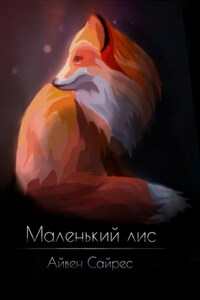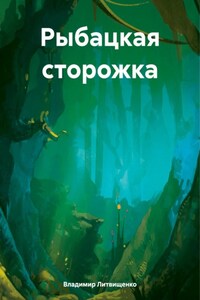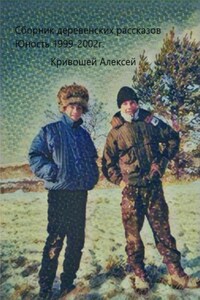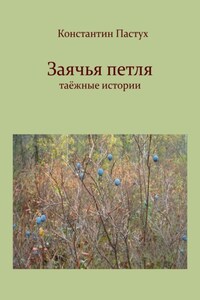Collins New Naturalist Library
88
Loch Lomondside
John Mitchell
Sarah A. Corbet ScD
S.M.Walters, ScD, VMH
Prof. Richard West, ScD, FRS, FGS
David Streeter, FIBiol
Derek A. Ratcliffe
The aim of this series is to interest the general reader
in the wildlife of Britain by recapturing the enquiring spirit of the old naturalists. The editors believe that the natural pride of the British public in the native flora and fauna, to which must be added concern for their conservation, is best fostered by maintaining a high standard of accuracy combined with clarity of exposition in presenting the results of modern scientific research.
Sketch map of Loch Lomond and its catchment area.
Scotland is the only country in Europe which does not have a National Park. Almost half a century after their establishment in England and Wales, the Scottish Secretary, Donald Dewar, announced in September 1997 that Scotland will have National Parks, with the Loch Lomond and Trossachs area as the first. Yet, despite the fame of the district for its natural and cultural heritage, there has been no single comprehensive treatment to make knowledge of this available to the visitor. The addition of this latest regional volume on the celebrated Loch Lomonside to the New Naturalist Series is thus highly appropriate and well timed.
The district is one of the most diverse and beautiful in the Highlands, ranging from the lowland woods, farms and rivers of the gently contoured southern section, to the Loch itself with its numerous and mostly wooded islands, and the high alpine peaks of the mountains forming the northern watershed. Its natural history is rich and complex in similar measure, and no one is better qualified than the author of this book to do it justice. John Mitchell was, between 1966 and 1994, the Senior Warden of the Loch Lomond and Ben Lui National Nature Reserves established by the Nature Conservancy (now devolved in Scotland as Scottish Natural Heritage). In this role he was responsible for the care and management of the Reserves, including welcoming and informing the visiting public, which he did with great dedication. With the southern end of Loch Lomond lying within 16 km of Glasgow and its two million or so human inhabitants, the loch and its surrounds are extremely popular as a recreational area. There is a great love of the district and a demand for knowledge about it, but also a relentless pressure of people that increases the problems of nature conservation.
Besides his intimate acquaintance with the Reserves themselves, John Mitchell has gained a comprehensive knowledge of the wildlife of the whole district, together with its human history and the interactions between the two. His enthusiasm for animals and plants led him to explore the hidden corners of Loch Lomondside in his spare time, and to write extensively on his findings in the journals of both local and national societies. A natural warmth won him many friendly and helpful contacts among farmers, shepherds, foresters, gamekeepers, fishermen and other countryfolk, to whom he was the Nature Conservancyâs ambassador in this district. He continues in retirement to live within it, and to add to his 35 yearsâ knowledge of the area and its wildlife. This natural history, ecological insight and historical research he has admirably distilled into the writing of this book, which the Editors are pleased to welcome to the series, as in the best traditions of the New Naturalists.
âWhile I gazed on this Alpine region, I felt
a longing to explore its recessesâ¦â
Frank Osbaldistone in Rob Roy Sir Walter Scott (1817)
Ever since tales of the adventures of Rob Roy MacGregor first drew Loch Lomondside to the nationâs attention, generations of travellers have followed in Sir Walter Scottâs literary footsteps. They too may have shared Frank Osbald-istoneâs desire to know more of the region on first seeing it stretched out before him on the southern approach, a prospect that has since become known as the Queenâs View (see Figure below). In the foreground the open moorland with its mosaic of subdued colours gradually falls away to an orderly patchwork of plantations and enclosed green fields. Beyond that and studded with wooded islands is the wide expanse of the loch itself, almost completely encircled by a backdrop of rugged mountains which were once the remote fastness of the Highland clans. Such is its scenic reputation, the area attracts more than two million visitors every year, many from overseas. Landscape entirely un-defaced by man may have long since vanished, yet to most eyes Loch Lomondside still reflects the wild country so vividly portrayed by Scott. And once away from the beaten track and the confines of man-made boundaries, a feeling of open space and solitude may still be experienced, belying the fact that the largest concentration of people living in Scotland is encompassed within a one hour car journey.








